Xoan singing performance at Hung Lo Communal House, Phu Tho Province. (Photo: CONG DAI)
Potential and demand from heritage resources
In July 2025, Vietnam's heritage sector received two pieces of good news: The Yen Tu, Vinh Nghiem, Con Son-Kiep Bac relic and landscape complex, Phong Nha-Ke Bang National Park (Vietnam) and Hin Nam No National Park (Laos) were recognized by UNESCO as World Heritage Sites. This is the first time Vietnam has a cross-border heritage site. This event not only adds to the national "heritage map" but also expands the heritage ecosystem to a scale of management and exploitation beyond national borders.
In fact, many heritages after being recognized by UNESCO have become the driving force for economic growth. Non Nuoc Cao Bang Global Geopark, recognized in 2018, has become a tourist highlight of Cao Bang province. The province has determined to link sustainable development with cultural preservation and environmental protection, established more than 700 mass art clubs, restored Then singing and Tinh lute, and linked tourism with community livelihoods.
In fact, many heritages after being recognized by UNESCO have become drivers of economic growth.
Hoi An Ancient Town (Da Nang) was recognized by UNESCO in 1999 as a typical example of combining urban architectural conservation with community experience services, making tourism a key economic sector.
Trang An Scenic Landscape Complex (Ninh Binh), recognized by UNESCO in 2014, has now become a major eco-tourism, cultural and spiritual center of the North. This place also attracts international attention when, along with Tam Coc-Bich Dong, Van Long became the setting for the Hollywood movie Kong: Skull Island.
Trang An Scenic Landscape Complex also contributes to Ninh Binh province's tourism with an impressive number of 8.7 million visitors, including 1.5 million international visitors, with revenue reaching more than VND 9,100 billion in 2024. The attraction of the heritage continues to spread when this August, the Bollywood film Silaa with a budget of about 4 million USD started filming at many famous landscapes in Vietnam, including Son Doong Cave (Quang Tri).
In 2025, Vietnam will continue to complete two nomination dossiers for the Asia-Pacific documentary heritage for the Pho Hien stele system (Hung Yen) and the Han-Nom inscriptions on Non Nuoc mountain (Ninh Binh). The rich heritage treasure and diverse materials are the foundation for Vietnam to expand international cooperation, mobilize resources from experts, receive technical support for conservation, and learn advanced heritage management and exploitation models.
This is also the basis for improving the capacity to build regional and world-level dossiers to bring national heritages to a worthy presence on the world heritage map. However, regardless of UNESCO or national status, each heritage needs a comprehensive and comprehensive management mechanism to promote its inherent outstanding values.
Creating space for heritage to shine
In the previous period, many localities proactively linked regions, exploited heritage values associated with cultural tourism development, forming a model of "one route - many destinations", connecting localities with similar cultural heritage values. Regional linkage at this stage can be seen as the first step in the thinking of building a heritage ecosystem.
Accordingly, heritage does not stand alone but is focused on a close relationship, interacting with infrastructure, community, service market, media, etc. Entering a new phase with 34 provinces and cities, the development space is expanding, creating more opportunities to form large-scale heritage exploitation linkage models. However, some localities are also facing the challenge of balancing conservation and development.
Director of the Department of Culture, Sports and Tourism of Lao Cai Province, Nong Viet Yen, said that many intangible cultural heritages recognized by UNESCO or included in the national list are distributed in two to three communes. This requires a reasonable decentralization mechanism and inter-sectoral, inter-regional and inter-level coordination.
In reality, many heritages, although belonging to a province, have national and even international values. Therefore, in addition to physical space, the heritage ecosystem needs to include an institutional framework and a network of interdisciplinary, inter-regional and inter-level cooperation, where policy, community, researchers, businesses and international partners participate to honor heritage values.
In addition, ecosystem thinking means restructuring the development strategy in depth of heritage values, from zoning for protection and reasonable exploitation, designing a specific product chain, building a continuous itinerary to extend the length of stay, increase spending and create revenue to reinvest in conservation and human resource training.
In reality, many heritages, although belonging to one province, have national and even international value.
In tourism, heritage is a unique resource, but to attract and retain tourists, it is necessary to combine the transportation, accommodation, culinary, experience and destination promotion sectors... The linkage mechanism between heritage and sectors is considered the "circuit" for the heritage ecosystem to operate effectively. If we only focus on the conservation aspect, without linking with other sectors, the value of heritage will be difficult to spread widely.
Therefore, it is necessary to link sectors such as education, tourism, economy as well as international cooperation to promote heritage through cinema, media and global events. Many experts have suggested developing geological heritage tours in three global geoparks including Dong Van Stone Plateau, Cao Bang and Lang Son as well as the Northwest Heritage Road...
On the basis of geological heritage, tourism products are formed simultaneously, connecting and linking resources between localities. Geological values are transformed into experiential services, accommodation, cuisine, and typical handicraft products, thereby creating jobs for people and bringing benefits to the community. A circular, comprehensive and closely linked ecosystem will increase the attractiveness and highlight the value of geological heritage.
In the digital age, technology has proven to be a pillar in the development ecosystem. For heritage, this is a new method of preservation and a solution to create more value in exploitation and promotion, becoming a bridge to help heritage appear vividly in contemporary life. Many localities such as Hanoi, Ho Chi Minh City, Hue City, Quang Ninh ... have soon applied modern technology in preserving and promoting the value of heritage, from digitizing documents, building open databases, applying virtual reality in exhibitions to promoting on social networks and e-commerce.
From there, the heritage is spread to the global space and especially attracts young people. The models of applying 4.0 technology at the special national relic of Van Mieu-Quoc Tu Giam or the Hue Monuments Conservation Center show that when data, experience and education are connected, heritage becomes lively and close to modern life. However, the current digital data sources on heritage are still scattered, lacking connections, and need to be consolidated into a national system towards a digital map of Vietnam's heritage, serving many purposes such as research, management, education, tourism and creative startups.
From the efforts of conservation, infrastructure investment, cultural tourism product development, step-by-step digital transformation, communication and promotion contributing to building the Vietnamese heritage brand on the world map in recent times, it is time to link these individual stages in a long-term strategy, harmonizing conservation and sustainable development.
When placed in a comprehensive development structure, with special appeal, heritage will become a strong driving force contributing positively to green growth, digital transformation and deep integration, a soft resource affirming identity, enhancing Vietnam's position and competitiveness in the international arena.
MESSAGE - NGOC LIEN
Source: https://nhandan.vn/bai-2-phat-trien-he-sinh-thai-di-san-viet-nam-post902340.html






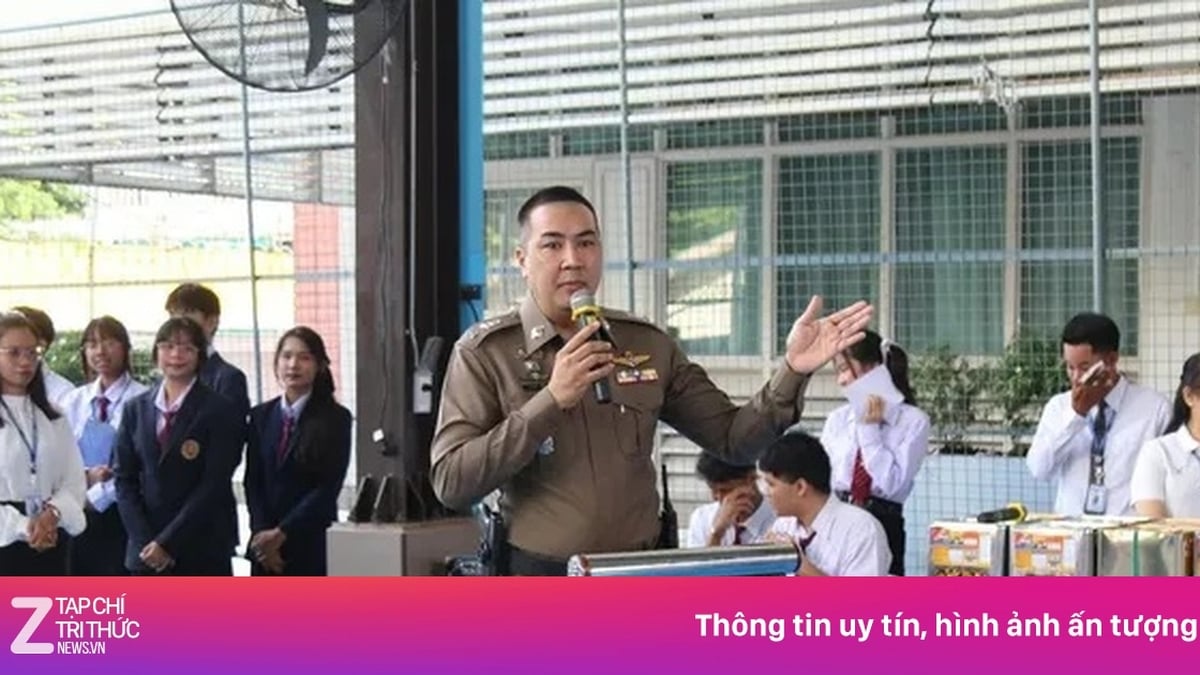
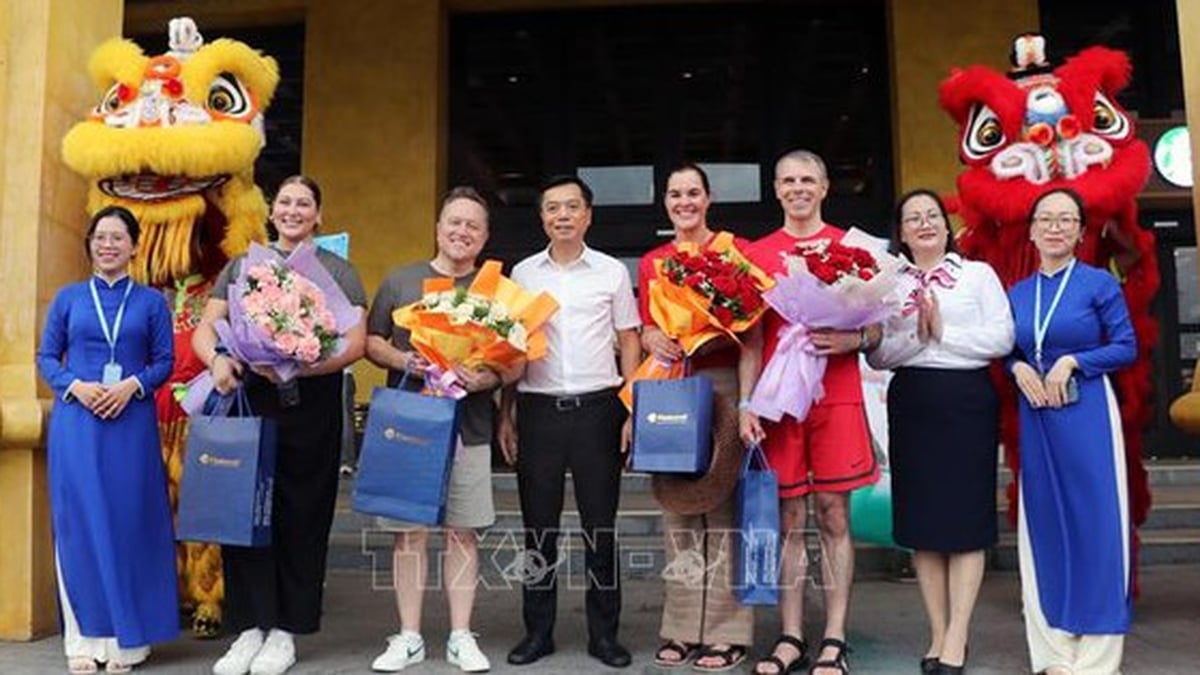
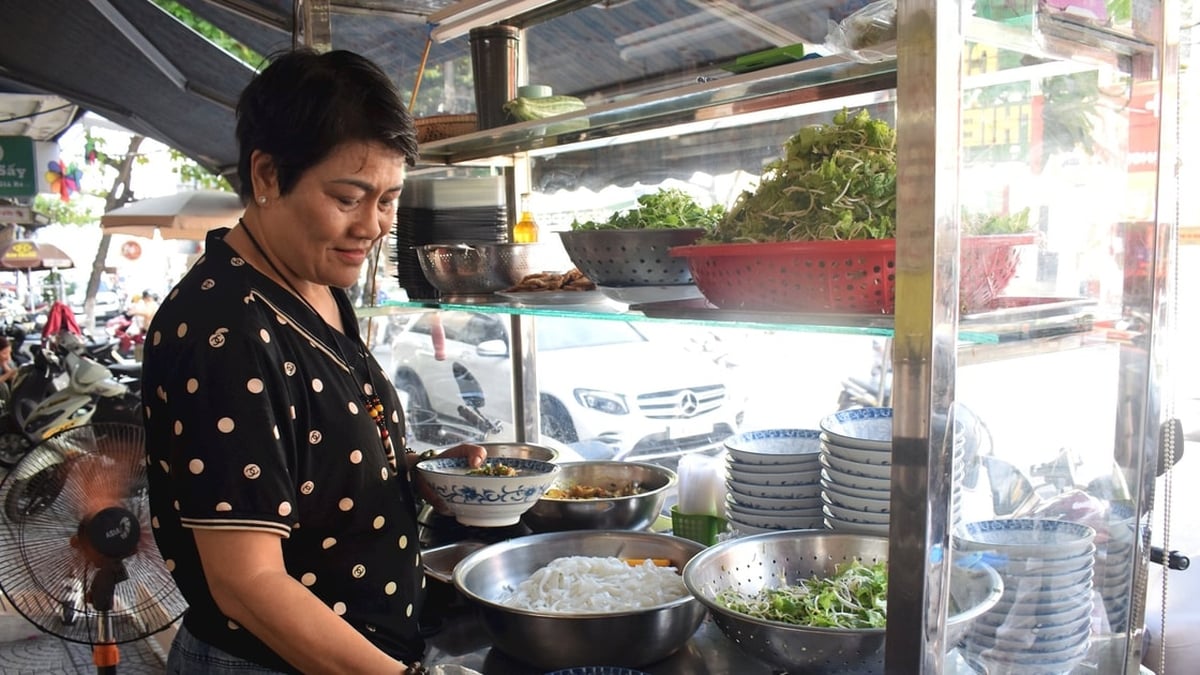
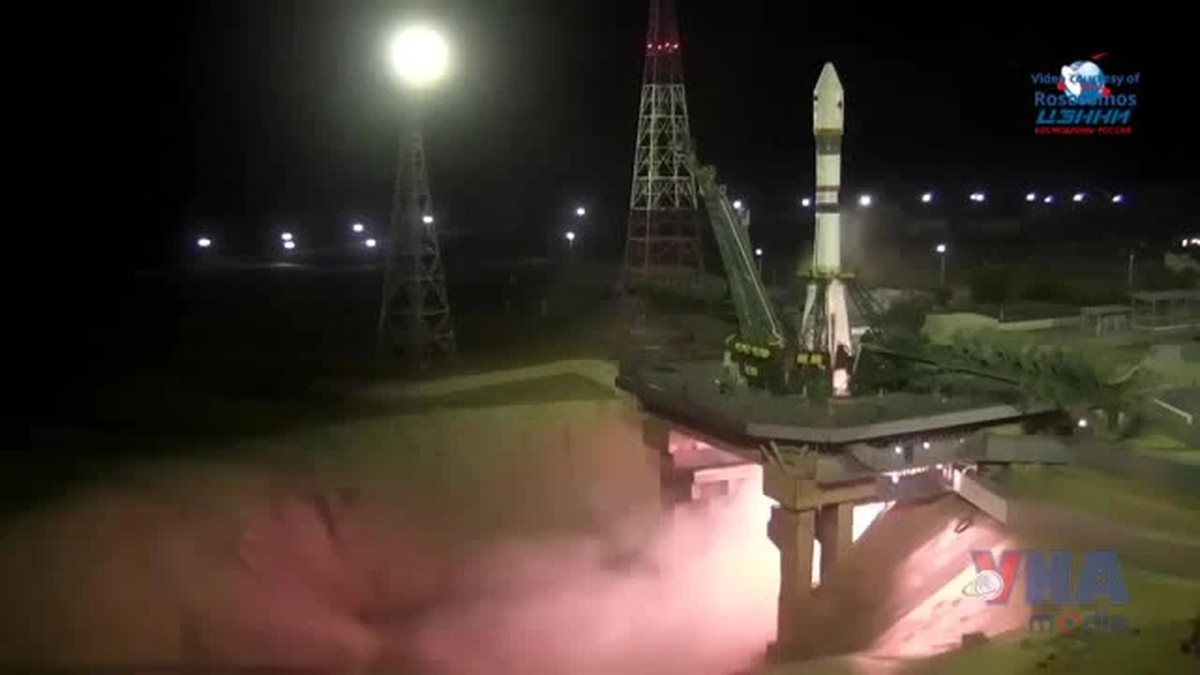
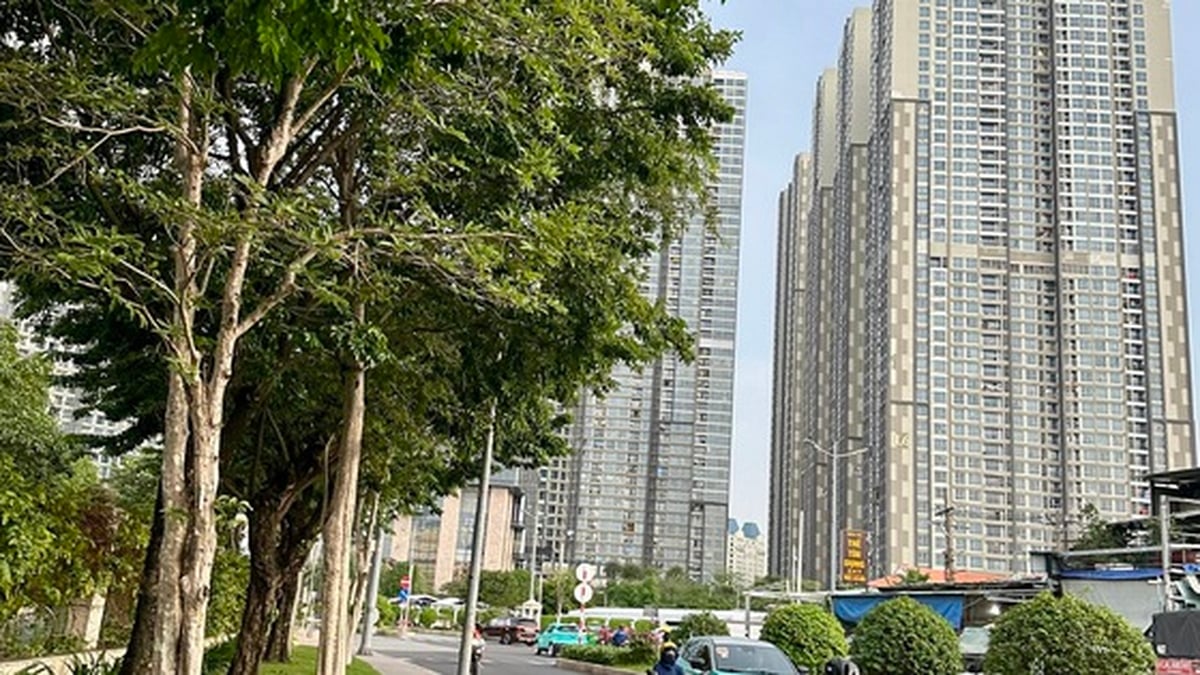

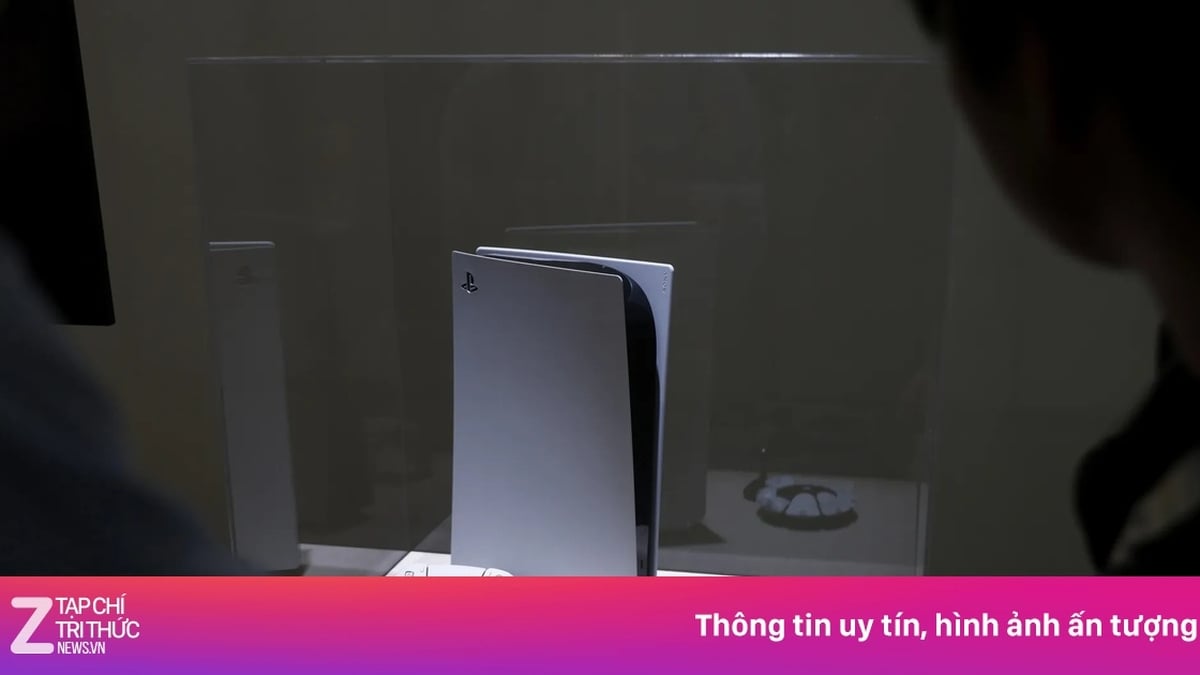











![[Photo] An Phu intersection project connecting Ho Chi Minh City-Long Thanh-Dau Giay expressway behind schedule](https://vphoto.vietnam.vn/thumb/1200x675/vietnam/resource/IMAGE/2025/8/21/1ad80e9dd8944150bb72e6c49ecc7e08)
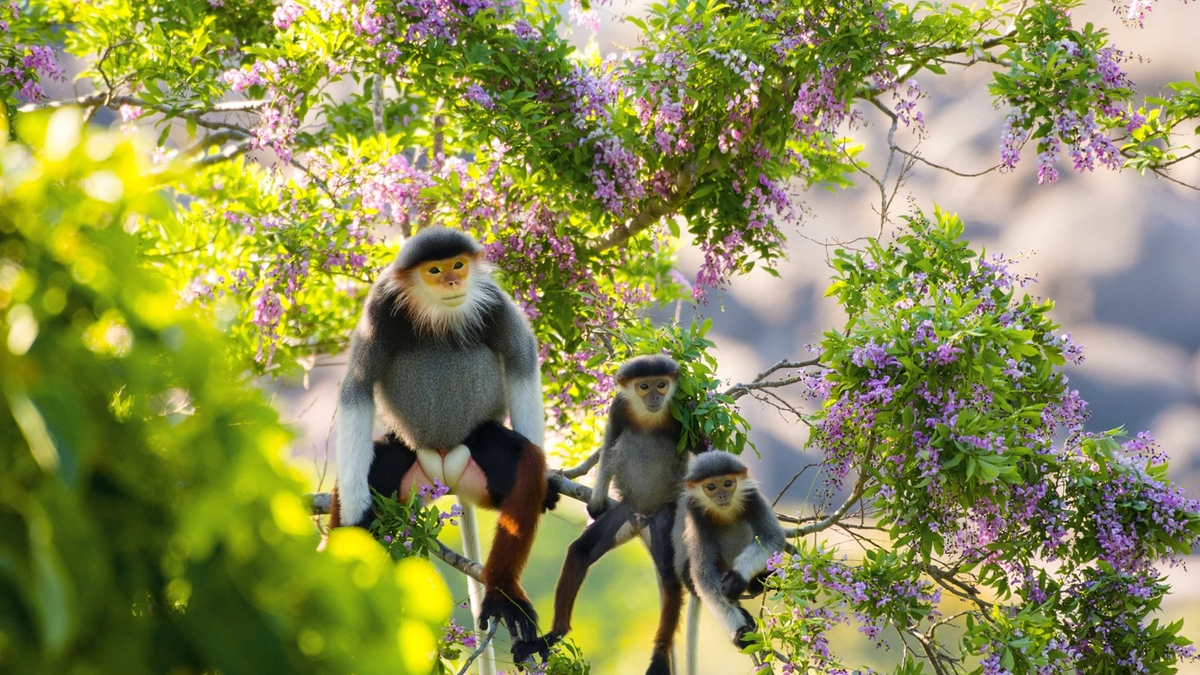
![[Photo] Politburo works with Standing Committees of Lang Son and Bac Ninh Provincial Party Committees](https://vphoto.vietnam.vn/thumb/1200x675/vietnam/resource/IMAGE/2025/8/20/0666629afb39421d8e1bd8922a0537e6)




![[Photo] Prime Minister Pham Minh Chinh receives Australian Foreign Minister Penny Wong](https://vphoto.vietnam.vn/thumb/1200x675/vietnam/resource/IMAGE/2025/8/20/f5d413a946444bd2be288d6b700afc33)
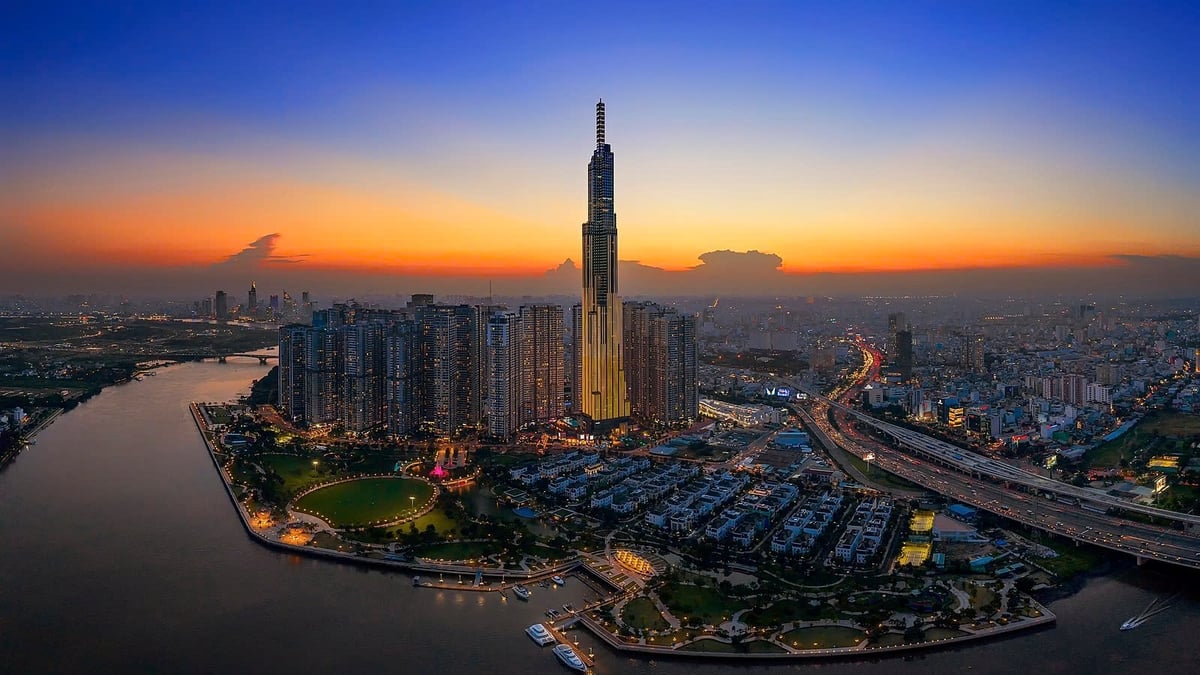





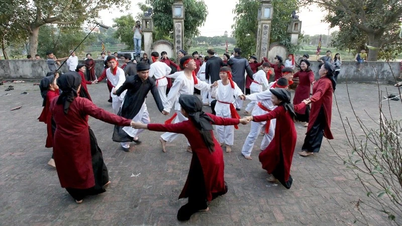


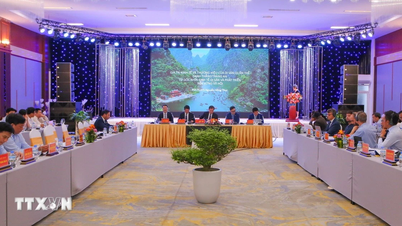

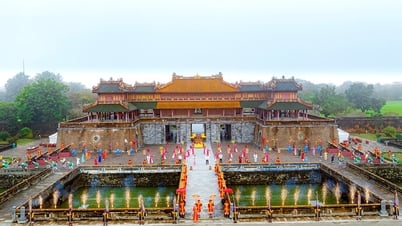







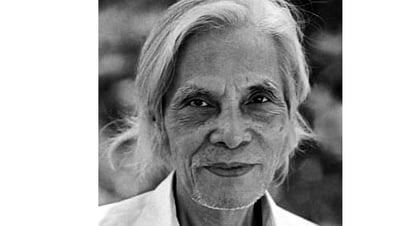

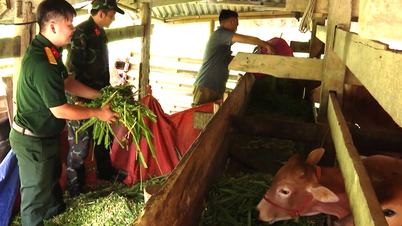









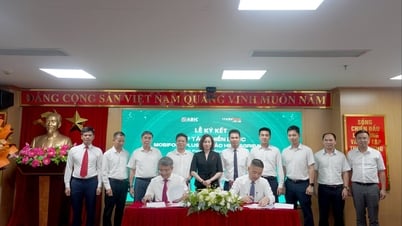




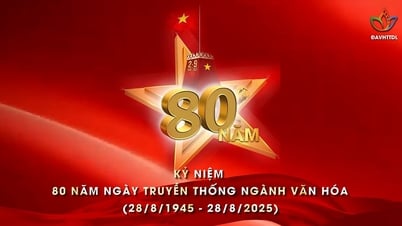


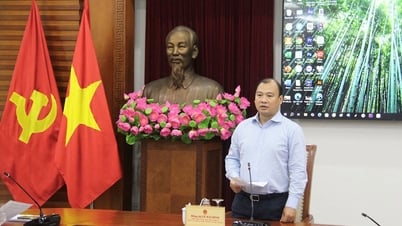

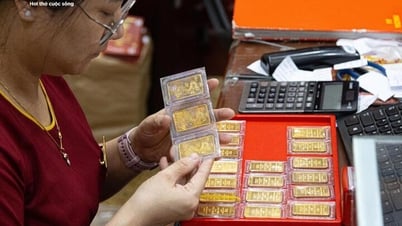

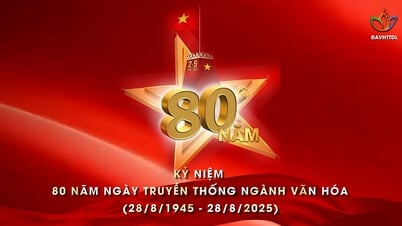



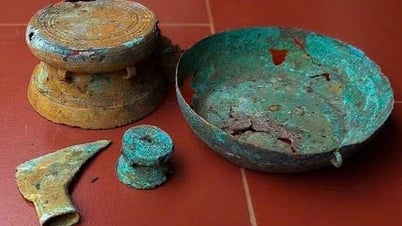

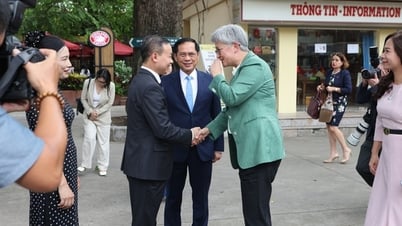
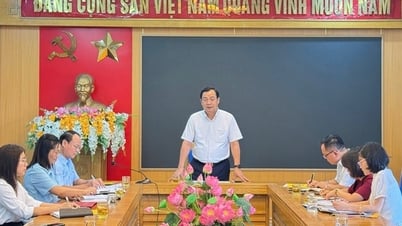























Comment (0)